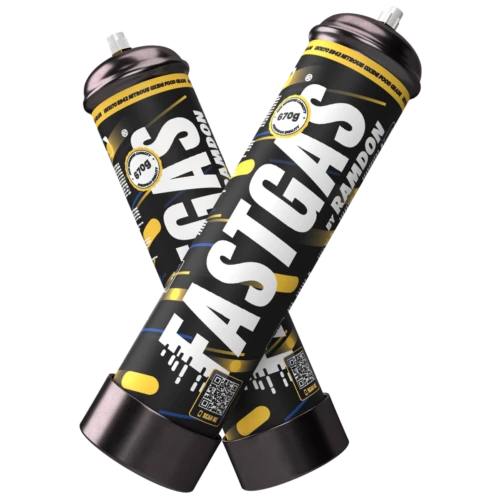
High-quality cream chargers are made from recyclable steel, which encases the nitrous oxide. The steel construction ensures safety and durability, allowing the chargers to withstand high pressure. Unlike some single-use products, cream chargers contain no harmful chemicals, making them safe for food preparation. Recycle ability Steel is one of the most recyclable materials available, making cream chargers an eco-friendly option when disposed of correctly. Many councils and recycling centres in Australia accept used chargers for metal recycling. Common Uses for Cream Chargers While their primary use is whipping cream, cream chargers have become a versatile tool in both home and professional kitchens. Here are some of the ways you can use them: Whipped Cream for Desserts: Top cakes, pies, and pastries with light, fluffy whipped cream for a professional finish. Toppings for Beverages: Add a creamy touch to hot chocolate, coffee, or festive cocktails like eggnog. Culinary Foams: Create savoury foams for modern dishes, a trend popularised by high-end restaurants. Infusions: Infuse flavours into cream, oils, or spirits using a cream whipper and a cream charger. Garnishing: Whip up flavoured cream or mousse for creative plating and presentation. Benefits of Using Cream Chargers Cream chargers offer significant advantages over traditional methods of whipping cream: Convenience: Whip cream in seconds without manual effort. Consistency: Achieve uniform results every time. Efficiency: Reduce preparation time, especially for large batches. Versatility: Use cream chargers for both sweet and savoury applications. Safety Guidelines for Using Cream Charger While cream chargers are simple to use, it’s important to follow safety precautions: Use Proper Equipment: Always pair chargers with a compatible cream whipper. Store Safely: Keep chargers in a cool, dry place away from heat sources. Recycle Responsibly: Dispose of empty chargers at metal recycling facilities. Avoid Misuse: Cream chargers are intended for culinary use only. Improper use can pose health and safety risks. Eco-Friendly Considerations for Cream Chargers Using cream chargers responsibly extends beyond safety. Here are a few ways to minimise your environmental impact: Recycle Used Chargers: Check with your local council for metal recycling programs. Buy in Bulk: Reduce packaging waste by purchasing larger quantities at once. Choose Reputable Brands: Opt for brands that prioritise sustainability and quality. Brands like Miami Magic and SupremeWhip are known for their high-quality cream chargers, ensuring you get reliable performance while supporting environmentally-conscious practices. Final Thoughts Cream chargers are a staple in modern kitchens, offering an easy and efficient way to create whipped cream and other culinary delights. By understanding what’s inside a cream charger and how it works, you can fully appreciate its value and versatility. From desserts to beverages, cream chargers are the perfect tool for elevating your creations. If you’re looking for premium cream chargers, explore the options at Happy Whip . We offer trusted brands and fast delivery across all over the world, ensuring you have what you need to whip up something extraordinary.
